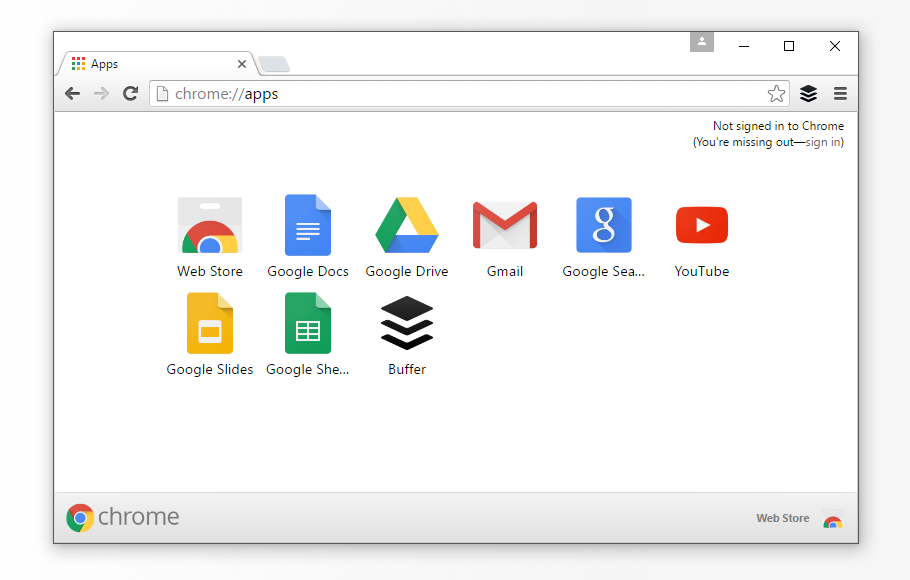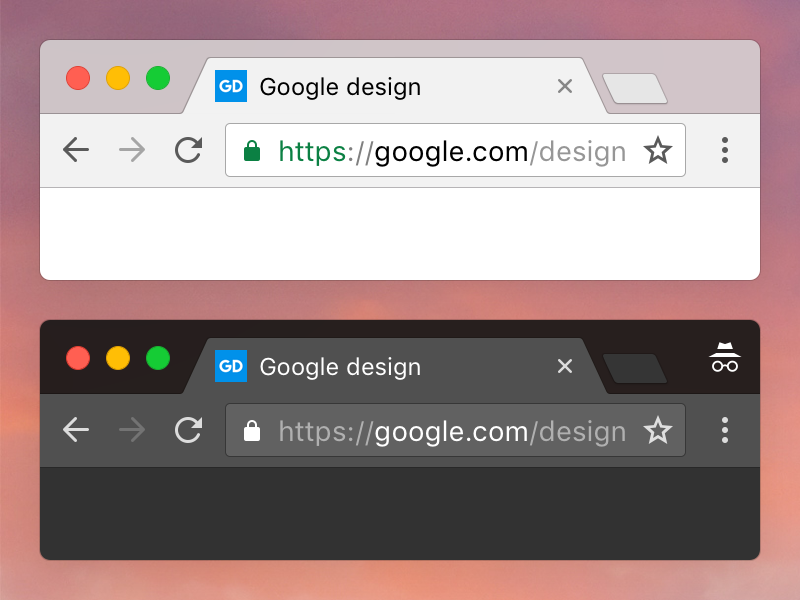Google Is Phasing Out Chrome Apps For Mac
You are out of luck if you are a Chrome apps user and not running the browser-based OS, as Google is for them on other platforms. While the official reason is to move developers to standardized web apps, maybe these apps were just typically unimpressive (most of them are just links to websites or web applications). If you haven't used Chrome's web apps much before, they do a pretty good job of simulating smaller apps in their own dedicated window. Chrome needs to be running for the app to work, but they otherwise feel separate from the browser and are often almost indistinguishable from a native app. (I use Chrome apps for things like Google Keep, Hangouts and Wunderlist on my Mac from time to time, for example.) The phase-out plan for Chrome apps calls for newly-published apps to only be available to Chrome OS starting at the end of 2016. By mid-2017, the Chrome app store won't show apps to Mac, Windows or Linux users anymore (though extensions will still be available), and in early 2018 Chrome apps won't function at all on those platforms.
Google Is Phasing Out Chrome Apps For Macbook
The plan, revealed in a Google Groups post, is scheduled later this year, reports VentureBeat. Like other industry heavyweights, including Apple, Google's initiative toward HTML5 and away from Flash has picked up steam in recent years. Indeed, in January 2015, Google ditched Flash for HTML5 video in YouTube. One month later it began automatically converting Flash web ads to HTML5, and in January of next year, it plans to stop running Flash display ads altogether.
Google Is Phasing Out Chrome Apps For Mac Free

Chrome itself has also been moving away from Flash for some time. Last September, the browser began automatically pausing less important Flash web content (ads, animations and anything that isn't 'central to the webpage'). Now, with Google's new directive, even central web content, such as games and videos, will automatically default to HTML5.

Google Is Phasing Out Chrome Apps For Mac Windows 10
The reason Flash has become such a pariah is largely because it is a security nightmare, with new vulnerabilities popping up regularly. Moreover, the market as a whole has been moving away from plug-ins like Flash in favor of HTML5, which provides the same benefits but in a more efficient manner. While future versions of Chrome, will still include Flash, its presence will not be advertised by default. If a user encounters a site that offers both an HTML5 experience and a Flash experience, the HTML5 experience will be displayed.
If Flash is required, the user will be asked whether it can be allowed to run or not. If the user accepts, Chrome will advertise the presence of Flash Player and refresh the page. Chrome will honor the user's setting for that site on subsequent visits. Recognizing that some popular websites, including YouTube, Facebook, and Amazon, still use Flash, Google's plan includes a 'whitelist' of the top 10 Flash-using websites, as defined by Chrome's internal metrics. Those whitelisted sites will run Flash by default, but the whitelist will expire after one year, ostensibly pressuring even those large sites to phase it out fairly soon. When a user first visits a site that requires Flash but isn't on the whitelist, they will be greeted by an austere, gray dialog box requiring them to choose whether to allow Chrome's Flash Player to run.
Chrome will store that preference and refresh the page with Flash enabled. Enterprises will also be able to control their users' ability to run Flash. The handwriting has been on the wall for Flash since November 2011, when Adobe announced the withdrawal of support for Flash Player on mobile devices. That announcement came only a year after Apple's decision not to support Flash on the iPad and iPhone for many of the same reasons Google cites now.